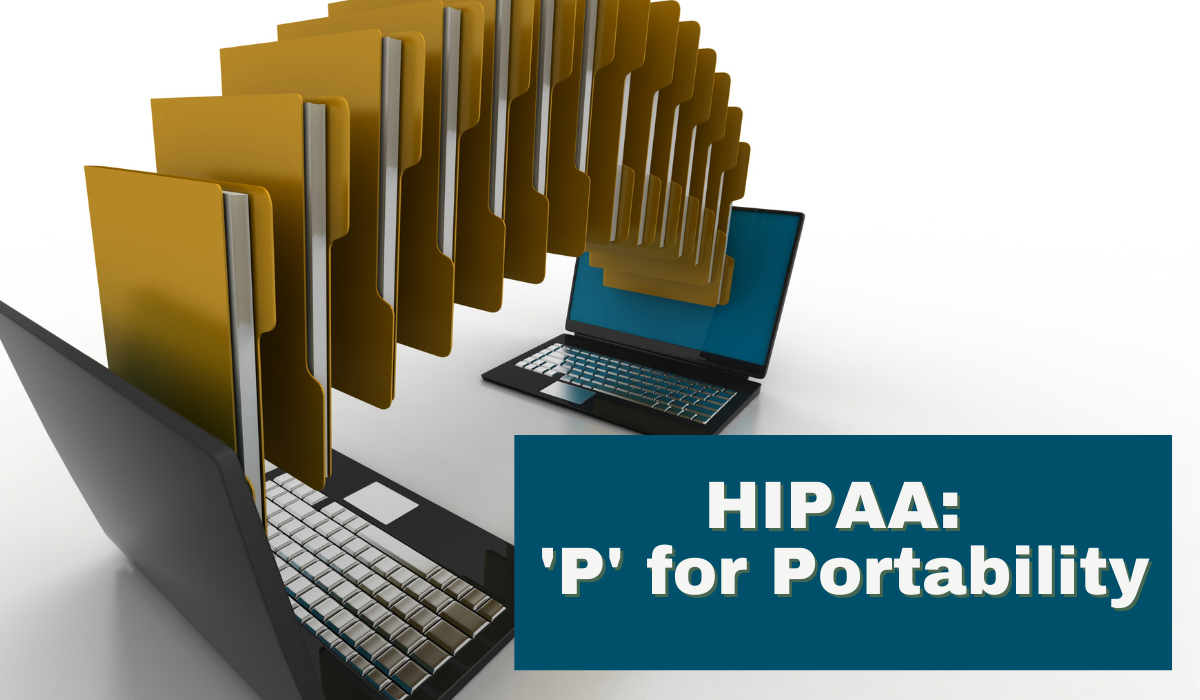
Undoubtedly, and whether you’re in healthcare or not, you’ve paused when writing or typing ‘HIPAA’. Is it HIPPAA? HIPPA? What does it stand for? We find that the P trips most people up more often than the rest.
It’s something about ‘patient’ right? Not exactly, so let’s learn more about that P and what it means.
The “P” in HIPAA stands for “portability.” This aspect of the law is focused on ensuring that individuals are able to maintain their health insurance coverage even if they change jobs or lose their job. Before HIPAA, many individuals who left one job and started a new one could not obtain health insurance coverage because they had a pre-existing medical condition. This left many people without the healthcare coverage they needed. Understandably, it was a major issue for those who were dealing with chronic illnesses.
How It Works
HIPAA’s portability provisions help to address this issue. How? By requiring health insurers to offer “guaranteed issue” coverage to individuals who are leaving a job where they had health insurance coverage. This means that individuals cannot be denied coverage due to a pre-existing medical condition.
HIPAA also requires health insurers to offer “creditable coverage” to individuals who have maintained health insurance coverage for a certain period of time. This means that if individuals have had health insurance coverage for a certain amount of time, they cannot be charged higher premiums. They also cannot be subject to longer waiting periods for coverage due to pre-existing conditions.
In addition to these portability provisions, HIPAA also has several others that are designed to protect the privacy and security of patient health information. These include the HIPAA Privacy Rule and the HIPAA Security Rule. Those establish standards for how healthcare organizations must protect patients’ PHI.
The HIPAA Rules
The HIPAA Privacy Rule requires healthcare providers and other covered entities to obtain patients’ consent before using or disclosing their PHI for certain purposes. It also establishes requirements for how PHI must be stored, transmitted, and protected from unauthorized access.
The HIPAA Security Rule requires healthcare providers and other covered entities to implement security measures to protect patients’ PHI from unauthorized access, disclosure, and destruction. This includes measures such as access controls, encryption, and disaster recovery planning.
So now we know that the “P” in HIPAA stands for “portability”. And that refers to the law’s provisions that aim to ensure individuals are able to maintain their health insurance coverage. Even if they change jobs or lose their job. This is an important aspect of the law. HIPAA also includes several other provisions designed to protect the privacy and security of patient health information. And these are also critical for maintaining trust between patients and healthcare providers. To learn more about these, and to ensure that you’re company is compliant and secure, contact us today!


Leave a Reply